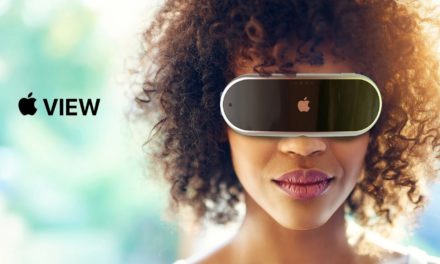Apple has been granted a patent (number 11575752 B2) for “using in-home location awareness.” It involves devices that use HomeKit — the the company’s software framework that lets you configure, communicate with, and control smart-home appliances using Apple devices— to be able to track a user’s location in a home or office and respond accordingly.
About the patent
In the patent Apple notes that users often perform the same or repeated actions with accessory devices while in a particular location. For example, every time a user comes home from work, they may close the garage door when they are in the kitchen. In addition, when it is dark outside, the user may turn on a lamp in the living room or change a temperature on a thermometer while in the living room.
This means, certain activities with respect to devices in a home may be performed regularly and repeatedly (e.g., daily, several times throughout a day) while the user is in a certain location. Apple says this can be a time consuming and tedious task for a user since these tasks are performed regularly or several times throughout the day.
The tech giants says that improvements for identifying an accessory device that should be controlled upon determining a particular location of a mobile device of a user are needed. Specifically, it is desired for the HomeKit compatible on the mobile device to be able to determine a location of the user and suggest a corresponding accessory device that a user may want to control or automatically operate a corresponding accessory device based on the location of the mobile device of the user.
In other words, HomeKit may one day be able to keep track of where the folks are in a room, and learn user habits to figure out when to automatically take actions.
Summary of the patent
Here’s Apple’s abstract of the patent: “Techniques for suggesting accessory devices controlled by an application executing on a mobile device are disclosed. A method includes measuring one or more sensor values using one or more sensors of a mobile device and the one or more sensor values are determined from one or more signals emitted by a first one or more accessory devices. An area of a physical space for the first one or more accessory devices can be determined based on the one or more sensor values. A second one or more accessory devices associated with the same area as the first one or more accessory devices can be suggested to a user.”
Article provided with permission from AppleWorld.Today


